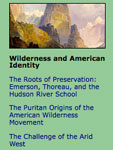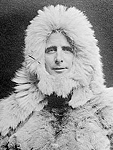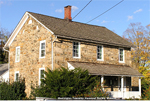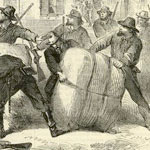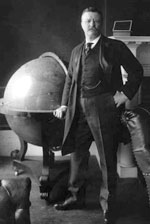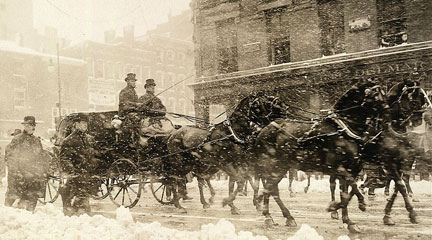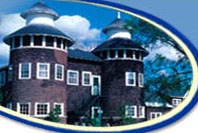Civilization is All Relative
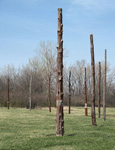
Why were Indians in South America able to create great civilization, and those in present USA and Canada weren't?
I’m not sure how this question defines “great civilization,” but it seems that, like most other people educated in the United States, the questioner is unaware of the highly stratified, centralized, and elaborate societies that did exist north of the Rio Grande prior to the arrival of Europeans. We are taught that Indian societies in North America had no governments, class structures, religions, intellectual traditions, or other elements of what Western European philosophy calls “civilization.” But to contrast that view, I'll offer a few examples. I think we can fairly say that all societies, regardless of how elaborate their social and political structures may be, are “civilized.” The largest city in North America prior to 1492 was called Cahokia, located on what is today the Missouri River across from St. Louis. As a city-state, the population of 15,000 people was comparable to London or Paris at that time. Cahokia was the center of an elaborate trade network that stretched across the entire continent from 950 to 1250 AD. City residents, along with laborers from far away, traveled to Cahokia over the course of several hundred years to build enormous earthen mounds. The largest one is 15 acres around and is the largest earthen structure in the Western Hemisphere. These mounds—not unlike European cathedrals in spiritual or architectural significance—served as symbols of power for elite religious and political leaders. These leaders often lived atop the mounds to be closer to the sun, their spiritual source of power. The influence these leaders possessed was enormous. Not only could they command the construction of mounds, but they held the reins of the city's economic and military fortunes as well. Because of the extent of Cahokia's trade networks, the consequences of their decisions were felt all over the continent.
Another immense center of trade and spiritual power was located in Chaco Canyon in what is now New Mexico. Inhabitants and visitors to the canyon built 12 structures between 900 and 1150 AD, which had 200 or more contiguous, multistoried rooms and numerous “kivas,” or round, windowless areas that today the Hopi and Pubelo Indians (descendants of the people who built Chaco) use for worship. Like Cahokia, the labor required to build such structures must have been enormous and well-coordinated, evincing a sophisticated political, economic, scientific, and social organization. Surrounding these 12 structures were between 200 and 350 villages in the canyon. An estimated 15,000 people inhabited the area. Among archaeologists, two theories are popular about why Chaco was built. The first centers on trade and exchange. Archaeologists have found items from Mexico and Central America in towns and villages up to 60 miles away from the central part of the canyon, along with a system of roads. This evidence leads them to speculate that the Chaco structures were the center of trade, where people bought and sold goods. The second theory involves the scientific and spiritual dimensions of the buildings. The structures are built in line with astronomical movements of the sun, moon, planets, and stars, leading some to believe that it was in fact a kind of three-dimensional calendar, a much more elaborate version of Stonehenge in England. Settlers in the canyon would have gone there to worship at certain times of the year to be reminded of the order of the universe and their place in it. Ultimately, both these scenarios could exist. Certainly by anyone’s standards, a society that so fully integrated spiritual, scientific, and material aspects of life would qualify as a “great civilization.” If, however, by comparing North and South America you mean to ask why did North America not develop the exact same kind of societies that Central and South America did, then one answer to that may be population density. Central Mexico alone had 25.2 million people in 1491, making it the most densely populated place on earth. The whole continent of North America, by contrast, had 12–20 million people. As we see throughout human history and all over the world, higher numbers of people tend to lead to more highly stratified societies.
Cahokia Mounds State Historic Site. Last modified 2008. "Chaco Culture." National Parks Service, U.S. Department of the Interior. Institute for Advanced Technology in the Humanities and the Department of Anthropology, University of Virginia. Chaco Research Archive. Last modified 2010. Seppa, Nathan. "Metropolitan Life on the Mississippi." Washington Post, 12 March 1997, Page H01. "Traditions of the Sun." NASA. Last modified 2008. "World Heritage Site." National Parks Service, U.S. Department of the Interior. Last modified 8 December 2009.
